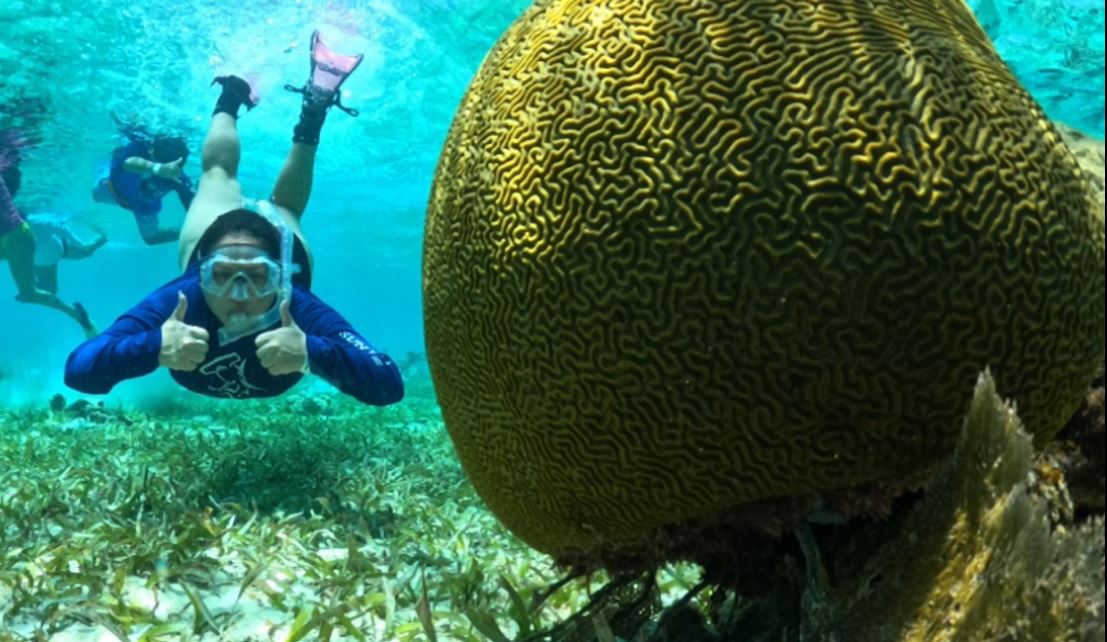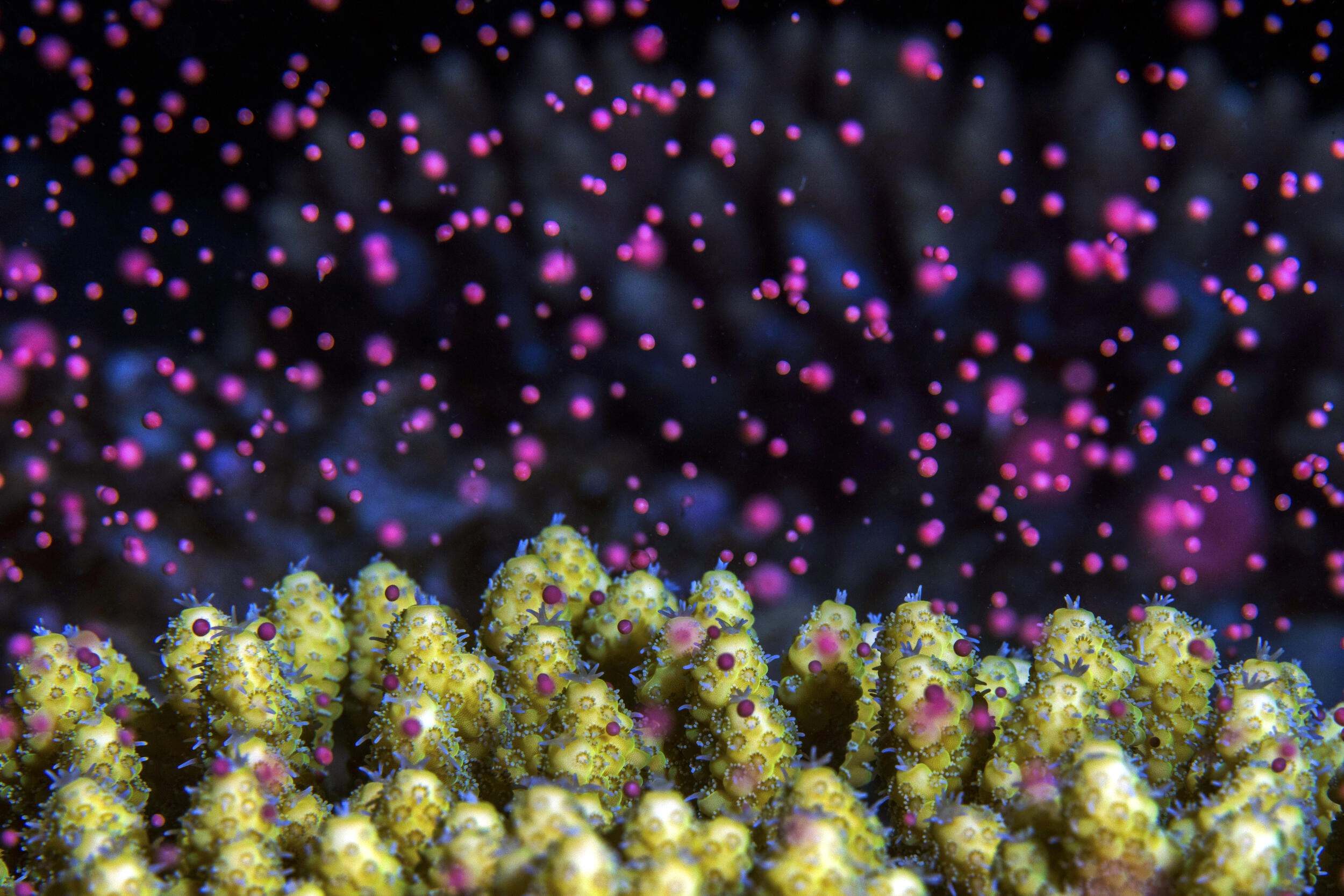Constructed Wetlands in the Dominican Republic
Location
Yaque del Norte River Basin, Santiago, Dominican Republic
The challenge
In the Dominican Republic unaddressed wastewater pollution has created a need for improved treatment strategies. In the city of Santiago, which lies within the Yaque del Norte river basin, only 20% of the city’s wastewater is treated. Running through the city, the Yaque del Norte river picks up discharged wastewater along its 296 kilometers. The river provides irrigation for 70,000 hectares of cropland, supplies dams with water to generate 488 gigawatts of power annually, and impacts over two million people.
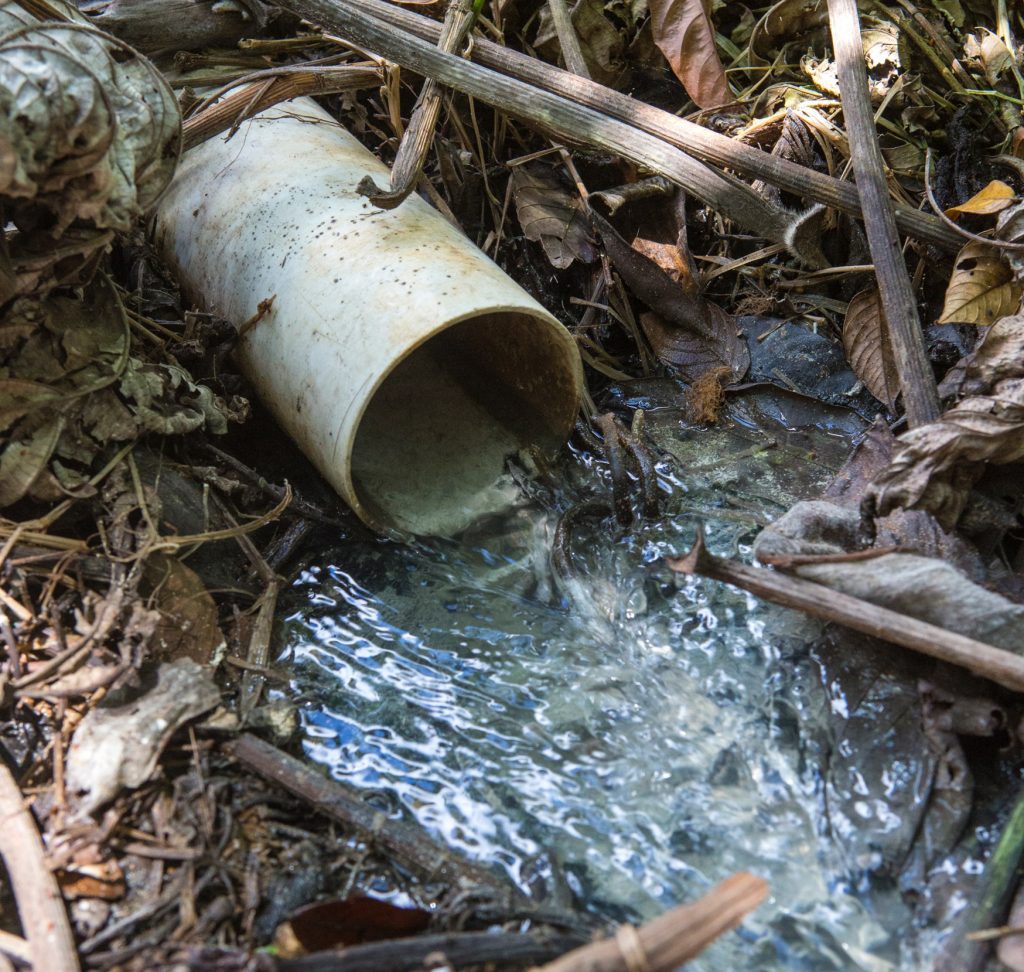
Household wastewater discharged directly to streams. Photo © TNC/Tim Calver
Actions taken
Through research into nature-based solutions (NBS) and assessments, The Nature Conservancy (TNC) is exploring technology, policy, and community solutions as well as the many obstacles to improving water quality in the Dominican Republic and across the Caribbean.
In the Dominican Republic, constructed wetlands were used to help address the significant need for capture and treatment of wastewater. This project was a result of the Twinning River Restoration Partnership (TRRP), established in in the Jarabocoa community of the Yaque del Norte River in 2015 by the Charles River Watershed Association (CRWA) and TNC. The partnership provides technical support, training and knowledge sharing to promote sustainable management of water quality. Tetra Tech provided technical expertise to the TRRP including recommended strategies for wastewater and water quality management including gravity-flow constructed wetlands.
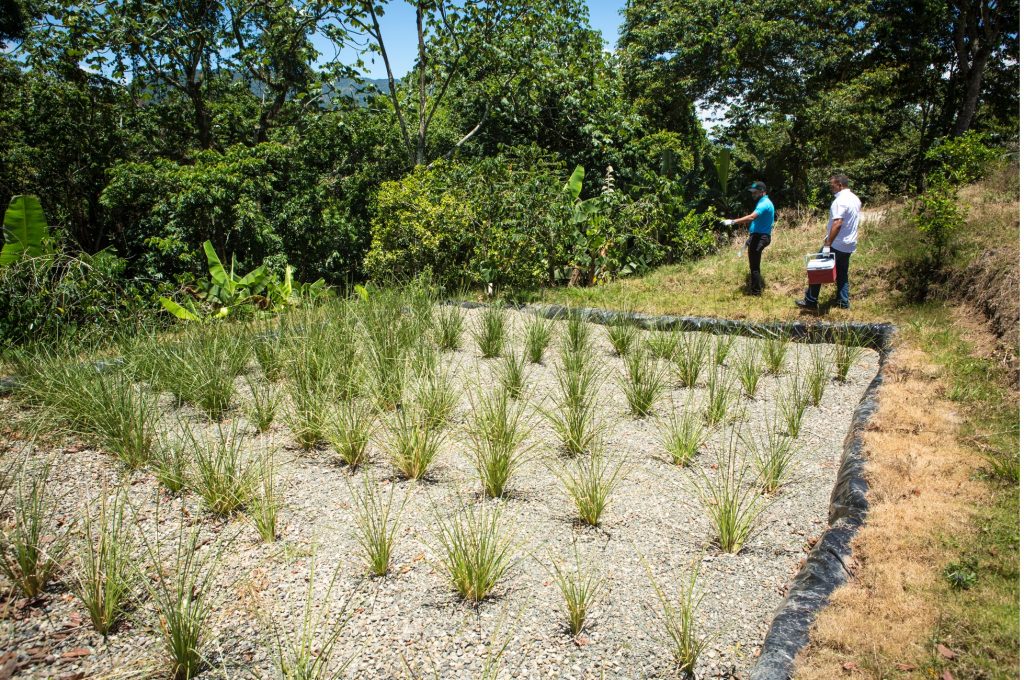
Recently established wetland in Jarabacoa. Photo © TNC/Tim Calver
The Yaque del Norte Water Fund (YNWF) was established to improve wastewater treatment and advocate for implementation of recommended strategies for wastewater management such as constructed wetlands to mitigate pollution into and from the river. The YNWF worked with local stakeholders to determine priority areas for constructed wetlands and leveraged a new legal framework in support of public-private partnerships to get the projects started. Plan Yaque, a technical NGO supported by the Twinning River Partnership, is responsible for designing and building constructed wetlands using the training provided through the partnership. They prioritize local support for the wetlands and engage households in voluntarily connecting to these systems. In addition to funding through the YNWF and its partners, water funds (funds from downstream users allocated to protection of upstream water quality) have been established to aid in the development of local NBS projects.
Constructed wetlands have become the predominant strategy for wastewater management in the Dominican Republic, with 16 wetlands built to treat 250,000 m3/yr of wastewater by the end of 2020.
How successful has it been?
The demonstrated need for improved wastewater management and the success of NBS supported the creation of Compromiso Santiago and the Presidency of the Dominican Republic agreed to coordinate investments for sanitation along the Yaque del Norte River than runs through Santiago’s urban center. YNWF was invited to advise on locations for constructed wetlands and other NBS and now has a seat at the table with decision makers to promote further NBS for wastewater treatment.
The success of each constructed wetland varies, but all of them have been effective. Regular monitoring of water quality by the Water Utility shows that 85-90% of organic pollutants are reduced by these projects. As a result, the government requested construction of two wetlands outside of the Yaque del Norte River Basin to protect water quality in a mountainous national park and a coastal mangrove forest in a marine sanctuary. This demonstrates the success of constructed wetlands as ridge-to-reef solutions for wastewater management across ecosystems and communities to mitigate sewage pollution and protect people and the environment, including the ocean.
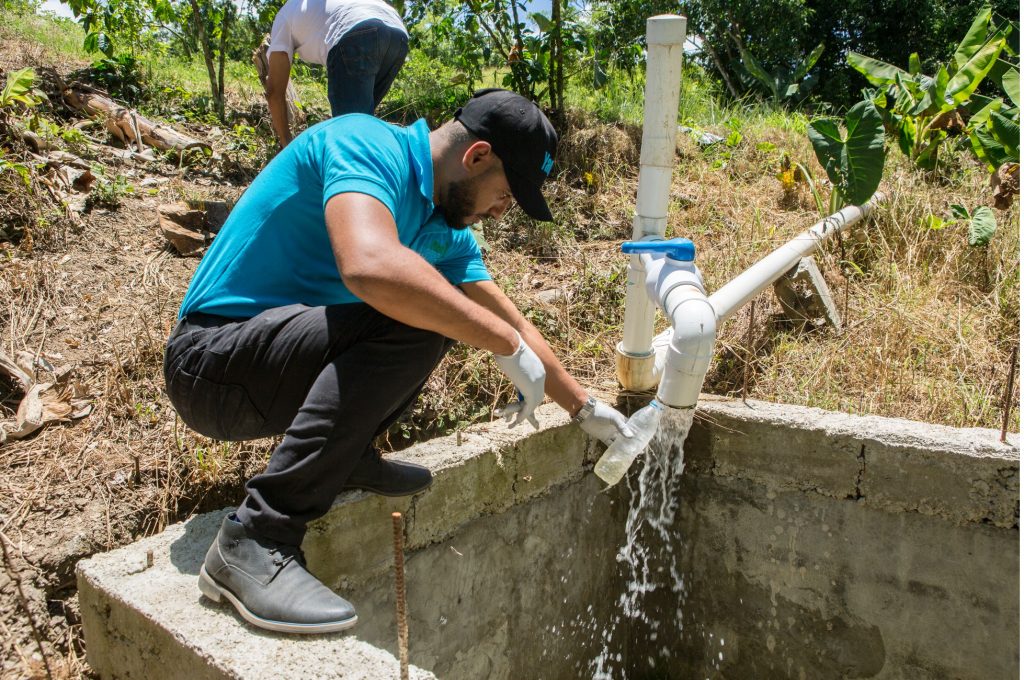
Monitoring outlet water treated to verify quality before it is released into nature. Photo © TNC/Tim Calver
Lessons learned and recommendations
- Constructed wetlands are proven to efficiently reduce organic pollutants from wastewater in this watershed based on lab results. It is likely that the efficiency and extent of reduction will vary with each wetland, location, and community, but this promising data supports investment into and construction of additional wetland projects.
- The success of these wetlands has gained attention in the scientific community and are used as examples of wetland performance in academic publications.
- Systems-thinking is needed for appropriate and lasting wastewater management and may include both green and grey infrastructure.
- It is important to explore and understand the barriers to improving wastewater management and treatment, including perception of the problem and available solutions among local communities and decision makers.
- The importance of appropriate placement, design, and community and government support are critical for implementation of sustainable NBS. These factors are all essential for ensuring that adequate resources, policies, and maintenance are and will remain available to sustain these systems.
- Professional and educational resources limit the capacity for community to engineer and maintain wastewater solutions. To achieve sustainable NBS the community must be trained and included in construction and maintenance. Technological solutions are effective when paired with capacity development of local communities to ensure solutions function over the long term.
- More information is needed to understand the cost tradeoffs between NBS and grey infrastructure wastewater strategies in this context. Initial construction and regular maintenance costs for NBS are assumed to be lower than grey infrastructure, however this has not been studied in conjunction with the amount of treatment provided.
Funding summary
Funding varies for each wetland and is led by YNWF and local stakeholders. In some communities, in-kind contributions are collected in addition to these resources.
Lead organizations
The Nature Conservancy
Yaque de Norte Water Fund (YNWF)
Partners
Asociación para el Desarrollo (APEDI)
Fundación Propagas
Fundación Popular
Plan para el desarrollo sostenible de la cuenca del Río Yaque del Norte, Inc. (Plan Yaque)

